The weight of a wheel is very important to the performance of your car for more reasons than you may think.
Firstly the weight of the wheels on your car are considered unsprung mass, to put it simply – unsprung mass is the weight of the parts on your car that are directly connected to and includes the wheels, rather than being supported by the suspension. In terms of handling, it is generally accepted that one pound of unsprung weight is equivalent to three pounds of chassis weight. Taking this equation into account, here is an example – simply replacing the original wheels on a base model Nissan 350Z (23.3 pounds each up front and 24.1 pounds each for the rears*) with SSR Type Cs of the same size will yield weight saving of 7.7 pounds per front wheel and 7.9 pounds per rear wheel for a total weight savings of 31.2 pounds. Because wheels are unsprung mass, this loss of weight will translate to a car that handles as if it were ~90 pounds lighter without changing anything else, as for braking and acceleration properties – you will feel an even more prominent improvement, which leads us to yet another benefit of lighter wheels – reducing rotational mass.
Rotational mass is another factor that should definitely be considered when choosing wheels for your car. A heavier wheel requires more energy to move (spin) and more energy to stop, of course the diameter of the wheel plays a large part in this equation as the effects of rotational mass grow exponentially with the diameter. The position of the weight within the wheel also plays a large part when calculating rotational mass – the weight further out towards the tire will have a much larger effect than the weight at the hub area, which is why different disk types have a minimal effect on the rotational mass despite a HP disk usually being a few tenths of a pound heavier than an SL disk. For the sake of simplicity we will again apply the effects of replacing a base model 350Z’s wheels with a set of SSR Type Cs in the same size. It is widely accepted that although there are many variables and results will vary from car to car, the general rule of thumb is that every pound shed from the wheels of a car is worth up to 10 pounds removed from the chassis in the acceleration and braking department. That means that in this example, the 350Z can accelerate and stop as if it were up to 312 pounds lighter! You will also see improvements in fuel economy as well as the obvious and most common reason for buying aftermarket wheels – the aesthetic improvement, however now you can say with confidence that your SSR Wheels are much more than just a pretty face!
*OEM 350Z wheel information from http://www.350z-tech.com/
With that said, here are the weights per size of the SSR Professor MS1, MS1R, SP1 and SP1R: (click to enlarge image)
And as a little bonus, here are the wheel weights of the now discontinued SSR Type C and Type F:
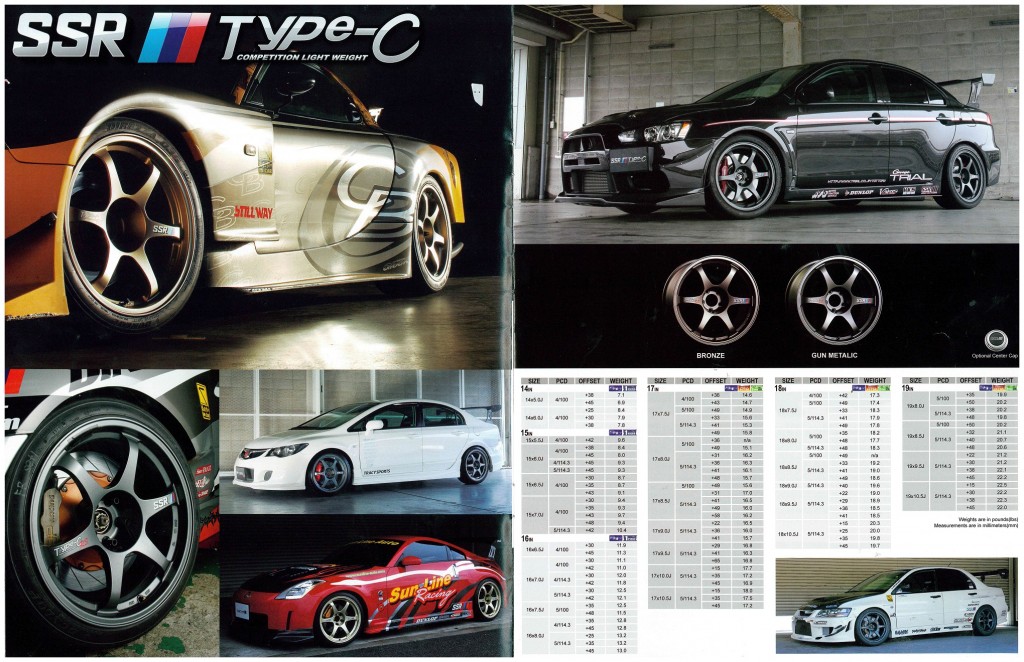
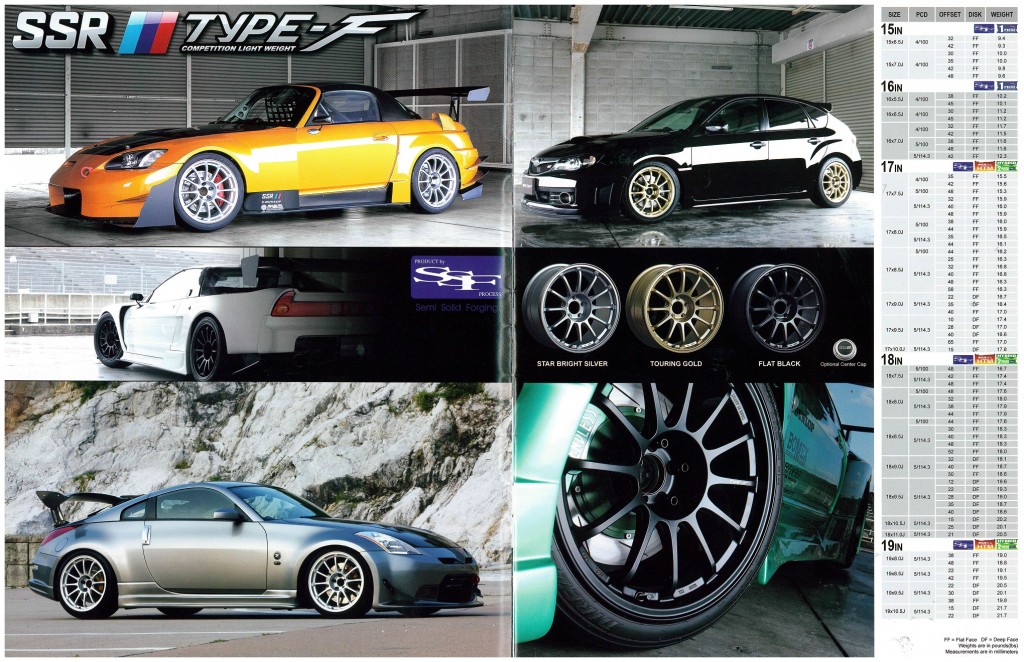

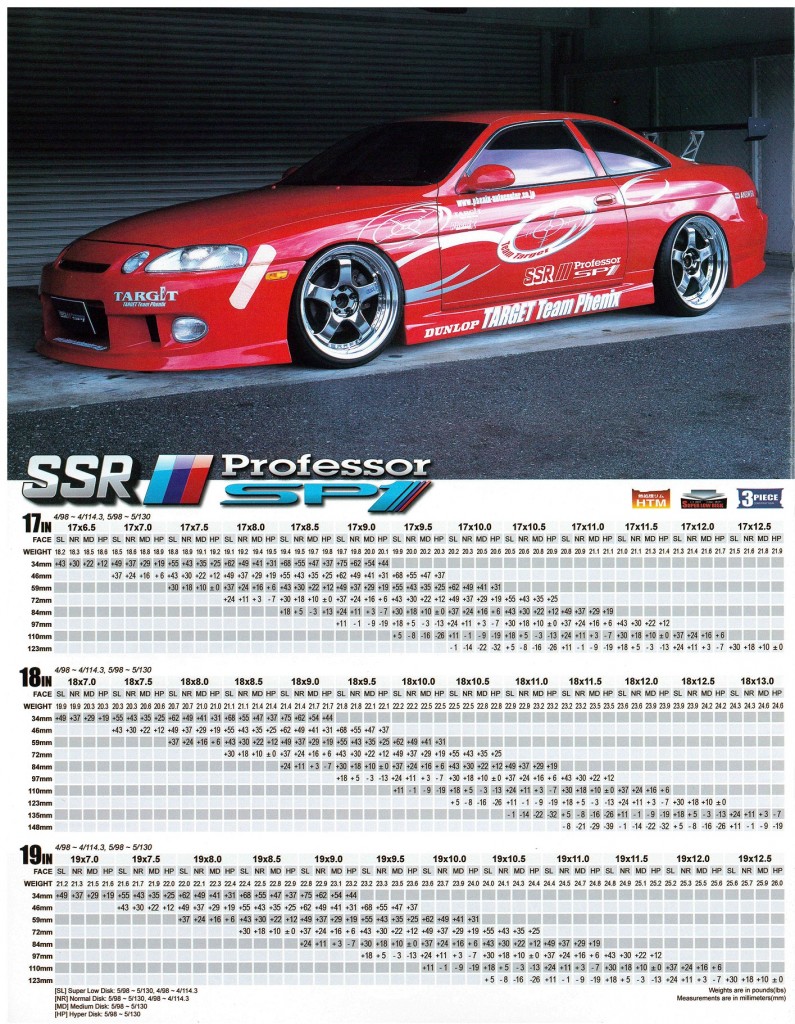
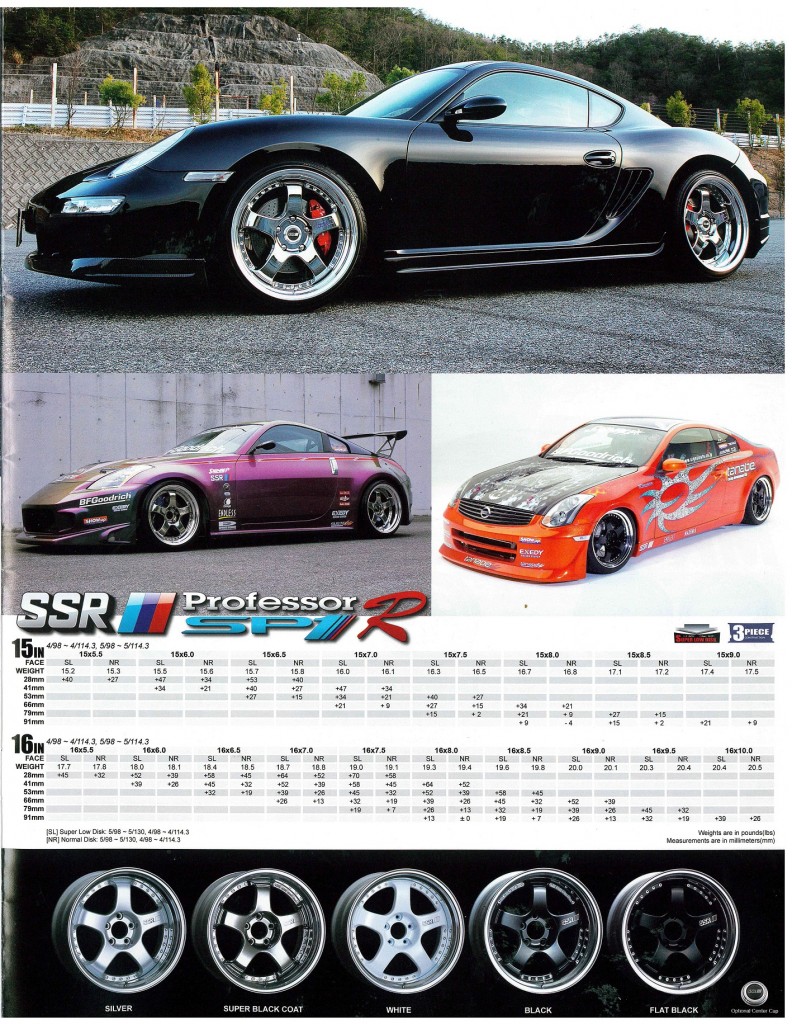
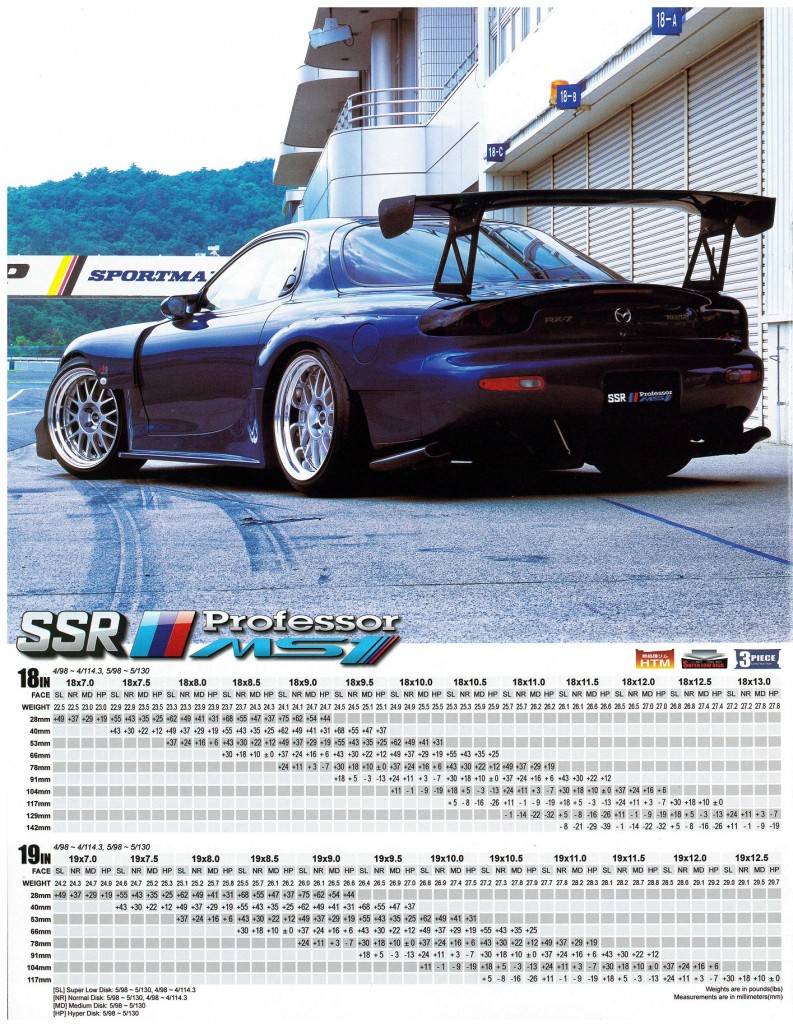
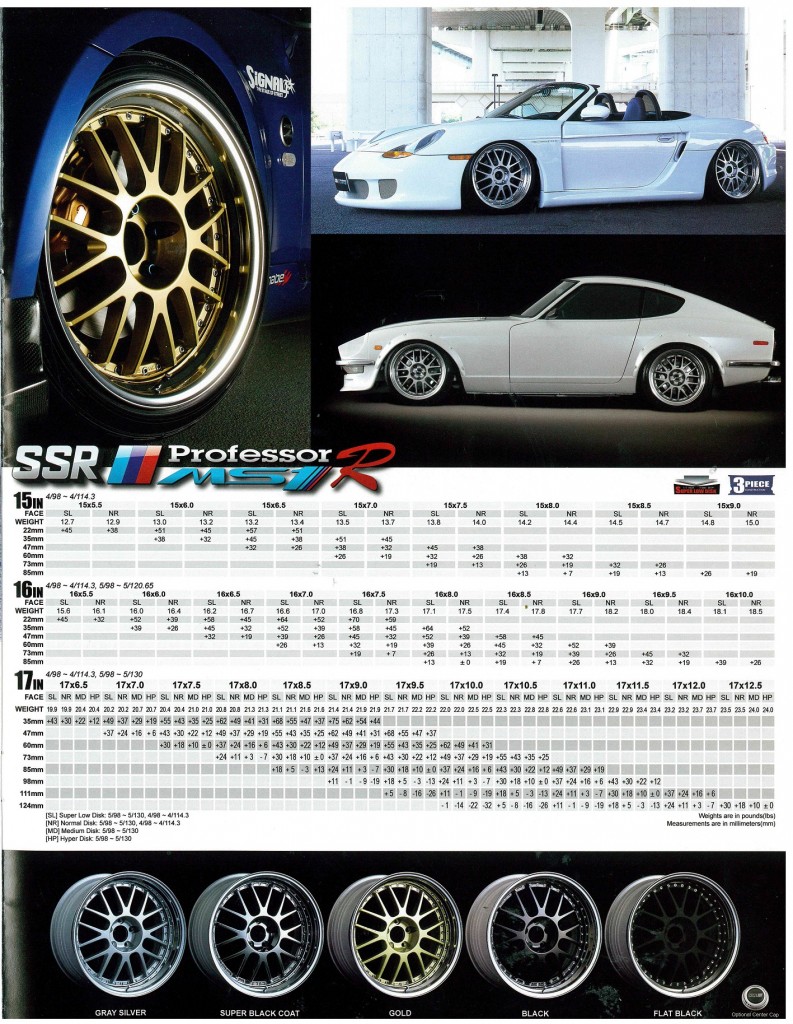
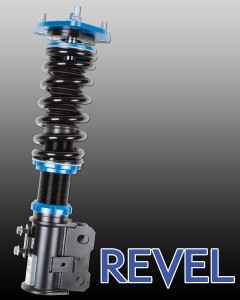




1 pings
[…] […]